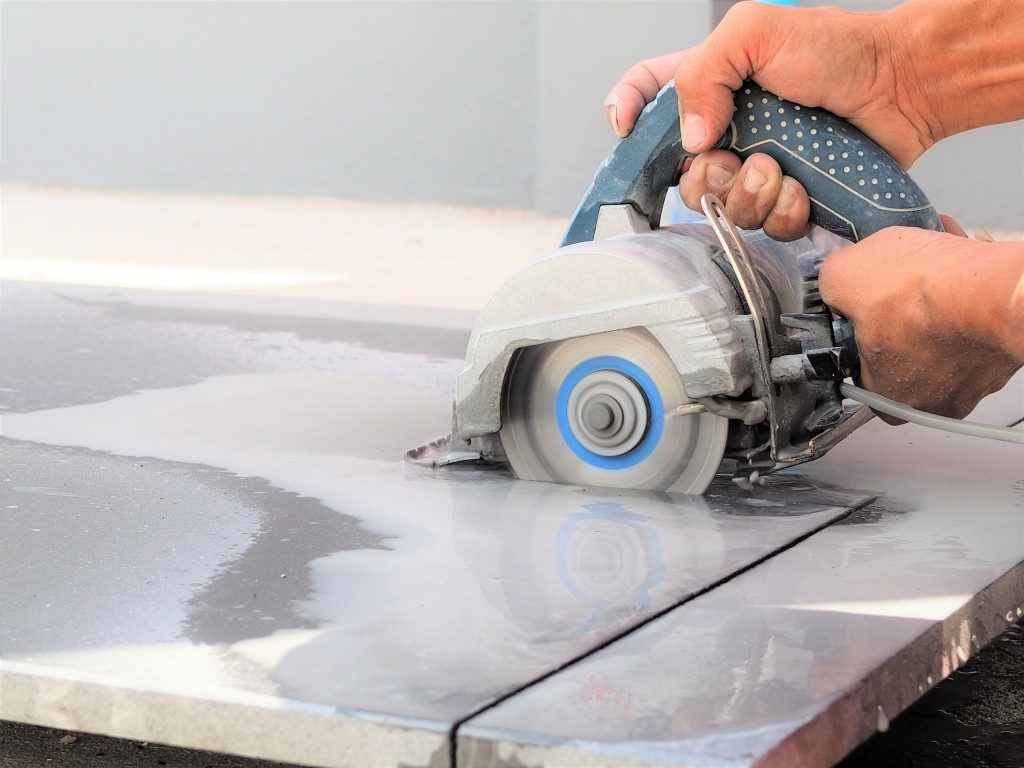In the battle between ceramic tiles and wood flooring, the former can have a lot of edge over the latter. It can range from a variety of designs to easy maintenance. Ceramic tiles can also be just as durable as wood.
For these reasons (and more), ceramic tiles will grow until 2022. Within the forecast period, the compound annual growth rate (CAGR) will reach almost 8%. The increasing demand for ceramic and other types of tiles can also boost the need for another: diamond blade tools.
The Popularity of Diamond Blades
More construction companies rely on diamond blade suppliers for increased efficiency, productivity and accuracy. Diamond blades are tools comprised of two primary components: the blade and the tiny particles of diamonds scattered around it.
The blade is not different from the conventional ones. It provides the power the tool needs to move through tough material such as a ceramic tile. The diamond, though, does the cutting or, to be more specific, grinding.
Diamond’s reputation as the hardest substance on earth makes it excellent as a cutting or grinding material. It can penetrate equally strong or hard materials including different types of tiles.
According to Technavio, the global market for diamond blade tools can grow from $2.11 billion in 2016 to $2.8 billion in 2021. Within this forecast period, the market will achieve an incremental growth of $730 million.

Data from Transparency Market Research, meanwhile, believes the demand will be the highest in the Asia-Pacific region. It also accounted for more than 65% of the market share in 2015, according to Market Research Future.
Two factors will likely drive the need for this tool. The first one is the growth of the tiling market. Decorative tiles may grow from 2017 to 2023 at a CAGR of nearly 4%.
The other is the population boom. Australia could hit close to 30 million people by 2029, revealed the Australian Bureau of Statistics (ABS). By 2066, there could be almost 50 million living in Down Under.
Different types of research also showed a correlation between the increase in population and the growth of residential and commercial construction. Globally, for example, private homes under construction went up by 4.86% in 2016, according to Technavio. As for Australia, residential construction could likely fall in 2019 due to stricter foreign homeownership and labour shortage.
The industry, though, has always been subject to ebbs and flows. The Construction Forecasting Council also shared that while the growth will fluctuate, the spending will continue to increase.
Commercial and civil construction is also likely to offset the downtrend of residential development. According to the Construction Outlook Survey of the Australian Industry Group (AIG), the total value of the major projects will increase by 6.8% from 2018 to 2019. This is following a significant jump of 7.1% between 2017 and 2018. Commercial construction, in particular, will grow by 9.4% in 2018 to 2019 after gaining 1.8% from 2017 to 2018.
The growing demand for tiles, the population boom, and the positive outlook for construction will only bolster the need for diamond blades in Australia and the rest of the world.

